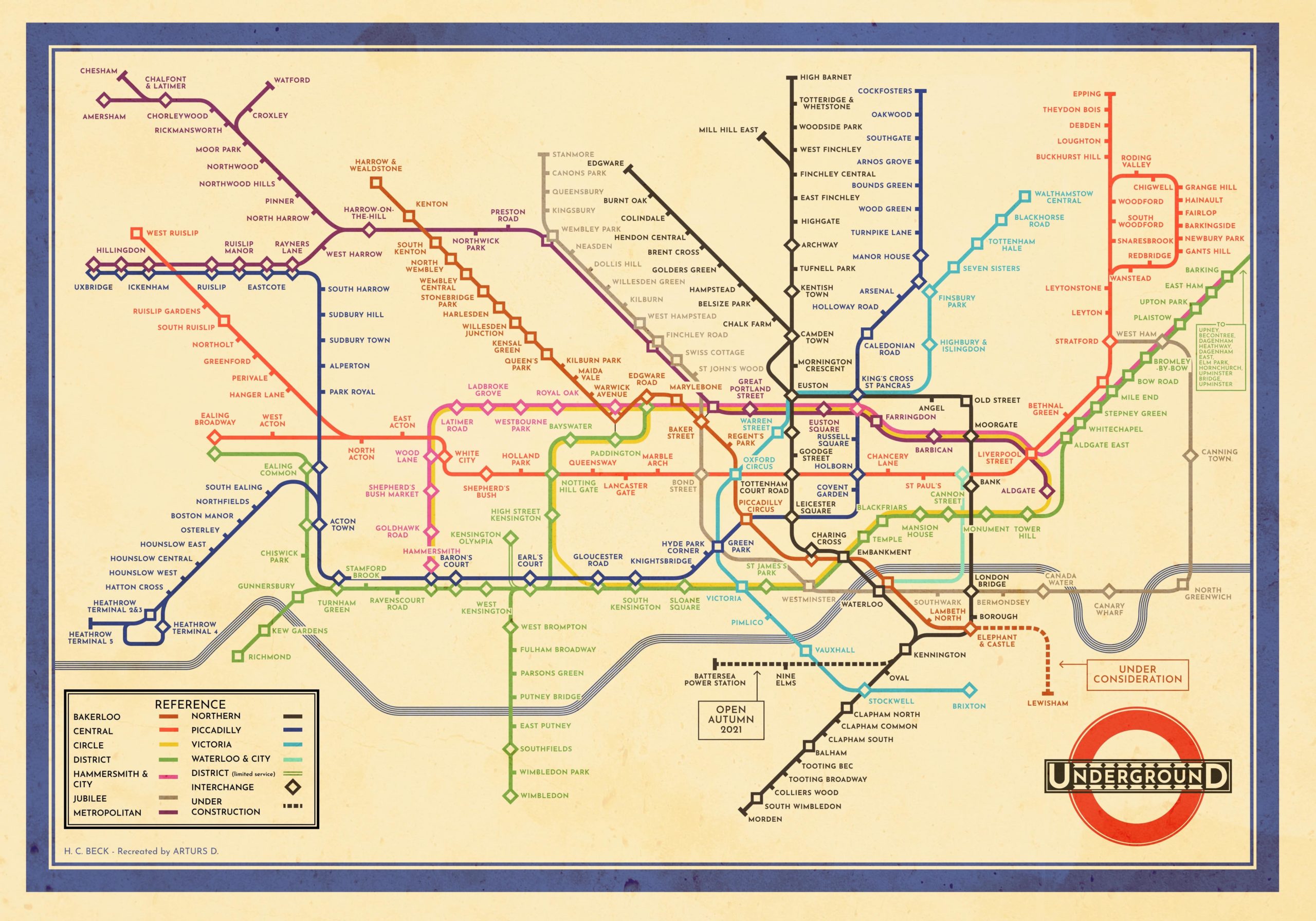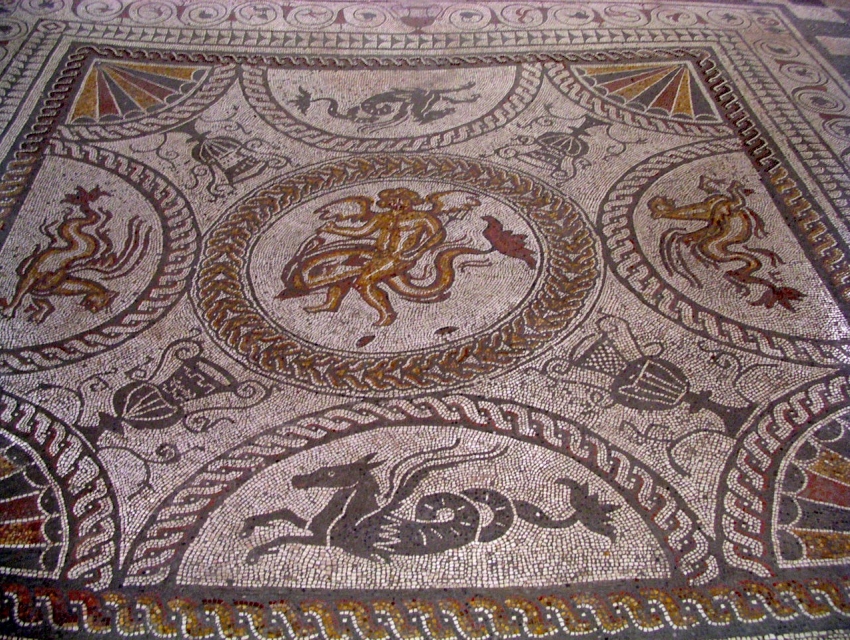Let’s start with size. The United Kingdom isn’t just different – it’s tiny.
Take the river Thames. It looms large in history, but if it were in the United States, it would only rank as the country’s 108th-largest river!
It may be small, but Britain is densely populated. And it’s not just the density of the population that sets the country apart – it also contains an extraordinary number of important sites and notable people.
A good example is a graveyard in the small village of Sutton Courtenay, near Oxford. While strolling along its paths, I discovered that both the famous author George Orwell and H. H. Asquith, the liberal prime minister of Britain at the outbreak of the First World War, were buried in the same local cemetery. The tombstones of both men are simple affairs engraved with humble inscriptions. That two figures whose names are known worldwide can share the same cemetery with so little fuss suggests that this isn’t uncommon in Britain.

Oxford is brimming with traces of its famous luminaries. The lab in which Edmond Halley discovered his eponymous comet is just a stone’s throw from the racing track where Roger Bannister became the first man to run a mile in under four minutes. Just around the corner? The old home of Christopher Wren, the architect of St. Paul’s Cathedral in London.
Britain might not amount to much on a world map, but what it lacks in size is more than made up for by its extraordinarily rich cultural and historical heritage.
The sheer number of important historical sites and buildings in the United Kingdom boggles the mind. Let’s have a look at the numbers. There are 445,000 buildings listed for their architectural merit or historical interest, 12,000 medieval churches and 600,000 sites of archaeological interest – and that’s just the ones that have been discovered so far!
A tiny hamlet in Yorkshire with a population of less than 100 boasts more seventeenth-century buildings than all of North America put together.
Another is Durham, a historic city near Newcastle in northern England. It’s one of the most beautiful places in the whole country, and its crown jewel – the cathedral – is one of the finest in the world! The Normans built the cathedral in 1093. Nestled on a hill high above the River Wear, its interior is uncluttered and refreshingly free of modern accoutrements. This lets gorgeous details like the colourful stained glass windows and handsome, solid wooden pews take centre stage.
The same goes for Stonehenge, a prehistoric circle of massive standing stones erected in 3100 BCE. The monument’s construction would have involved around 600 people heaving 50-ton rocks over a distance of 18 miles! It’s undoubtedly one of Europe’s most important ancient sites, so it’s fitting that it’s treated with respect. Tourists arriving by the busload are kept at a distance by an attentively enforced boundary.
But you’ve chosen London! And what a city. I have lived and worked in London for most of my life. It’s the most fantastic city in the world. I’m still amazed by the number of places people mention that I’ve never even heard of despite all the years I’ve spent there. That’s a testament to just how big this magnificent metropolis is! In fact, getting to know the city properly is a daunting task.
I was looking through an old A to Z recently, and there are over 45,600 street names listed! Some names are repeated over and over, like the city’s 21 different Gloucester Roads. Others sport bizarre one-off names like Burnfoot Avenue and Droop Street. It’s details like these that help make a vast city like London such an incredible place. These details come in all shapes and sizes. There’s the ambient history, theatres, museums and opera houses, as well as the old town squares.
Then there are the incidental civilities of life in London – tiny oases of tranquillity like Red Lion Square, fascinating statues and the famous blue plaques informing visitors of the connections between buildings and famous people. Getting around such an imposing city could be an intimidating prospect, but luckily enough, deep below the streets, there’s a whole other world – that of the London Underground.

The map of London’s underground public transit system was first designed in 1931 and is still in use today. Sacrificing geographical scale, it provides passengers with a bold and remarkably clear guide to getting around the city, making it an outstanding achievement – much like the public transit system that it depicts.
And because it’s Britain, there are some wonderfully eccentric station names to be found, like Cockfosters, Swiss Cottage and Chalk Farm, to name just a few.
Walking and public transport are your best bets if you really want to get to know a place.
There are around 120,000 footpaths in the United Kingdom, which isn’t surprising given that hearty, earnest walking-for-leisure is a British institution. Head down any path, and you’re more than likely to find a rambling Brit equipped with sturdy hiking boots, a walking guide and a packed lunch! If you want to know how seriously the Brits take their walking, find the walking guides in a book shop – endless options!
Despite its diminutive size, Britain is blessed with acres and acres of breathtaking natural landscape. Venture out of London, and you’ll find a countryside brimming with hidden gems.
One example can be found just outside the town of Winchcombe in the Cotswolds, a hilly region in southwest England. There is the pathway called the Salt Way. Follow the trail downhill and you’ll eventually come face-to-face with the remains of a Roman villa.
Almost hidden in the undergrowth and covered with wild ivy, the villa has low walls, a paved path and a relic chamber with a complete and well-preserved mosaic.

It’s not just individual spots that can captivate, though; there are whole regions of breathtaking beauty.
Near where I hale from, The Yorkshire Dales, the landscape is defined by its contrasts: dramatic fells suddenly give way to lush valleys dotted with farms and small villages. But the area isn’t characterized by its aesthetic attractions alone – what makes the Dales so charming are the people who live there. We Brits are justifiably famous for our mores and manners. In fact, you’ll have a hard time even striking up a conversation in the country if you forget your manners!
Apologies are ubiquitous in the UK. It doesn’t matter who’s at fault; an apology is a typical opening gambit in a conversation. “I’m terribly sorry, but I seem to have broken my leg.”
Another place you’ll see British manners in their natural habitat is a queue. When it comes to waiting in line, the British are in a class of their own. Pushing and shoving are taboo in even the busiest of train stations. No matter the situation, everyone joins a single, orderly line and waits their turn.
We might be sticklers for the rules, but we, British, are generally able to take pleasure in the small things in life. A cup of hot tea and a sweet treat like a teacake or a scone goes a long way in keeping our spirits up.
Now you’ve been briefed on Brits, why not let chance guide the way next time you travel? Get on the next train leaving the station and walk or get walk into Uni a different way every day for a week and see what you discover.
However, if you’re looking to see more of the UK less randomly, ISH has a Travel Club! Each week we take a group to a destination in the UK (sometimes Europe) where you get to see the best of that destination with experienced guides and a bunch of new friends. Find out more and get involved.

